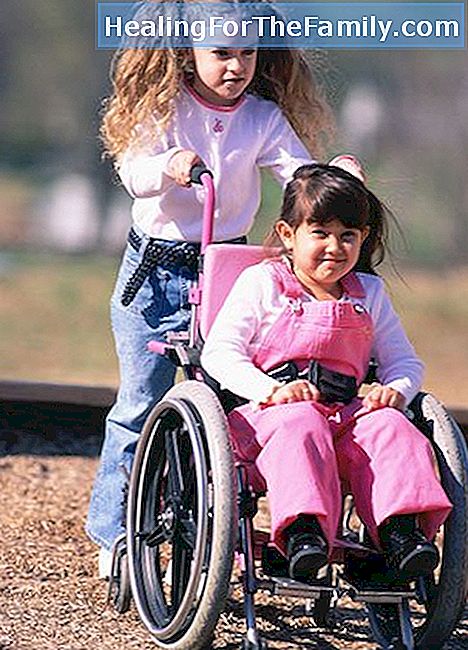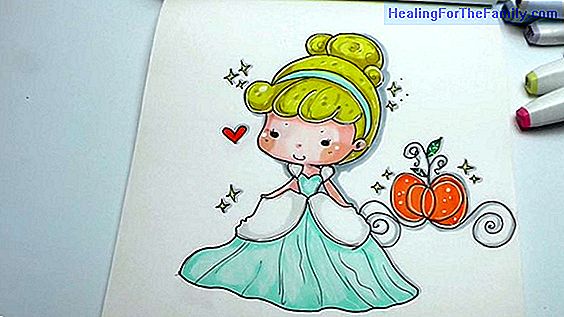How to help children understand disability
Knowing all disabilities is a complex task since there is a wide range of these. But, behind all disabilities there is a person to know and value as well as another without apparent disability. To do this, parents or close relatives play a fundamental role in how a child will act with a partner or f
Knowing all disabilities is a complex task since there is a wide range of these. But, behind all disabilities there is a person to know and value as well as another without apparent disability.
To do this, parents or close relatives play a fundamental role in how a child will act with a partner or friend with a disability. According to the theory of Albert Bandura, children learn by imitation, following the model of parents, especially in relation to social skills or behavior.
How to teach your child to act in the face of disability

The child's family is partly responsible for how the child will act in the face of diversity. Many times parents, due to lack of information, have negative actions so that the child can see the person before the disability. Some of the most frequent are:
- Remove the child from a person in a wheelchair, which can create the wrong feeling that the disability is contagious.
- Innocent question: Mom, why is he still in a pram? - Because it's bad.
- Do not touch it that you can hurt it! Transmitting fears to the child.
All this can be imitated by the child, thus creating a wrong view of disability that will affect the values and coexistence of peers with and without disabilities.
It is obvious that a 5-year-old child will not understand that it is a tetraplegia, but he can accept that he is otherwise different from him without having to turn functional diversity into a disease. Just as they normally see that there are different skin colors, religions or languages, parents should include in those values of respect and empathy the wheelchair, the cane, the sign language, etc ...
How to teach children to respect other people with disabilities
- Explaining stories where characters with disabilities appear.
- Including children with disabilities in their drawings.
- Doing games to work the senses. This is how you see and feel what happens when you do not see, you can not hear, etc ... this fosters empathy.
- Encourage play with children with disabilities, classmates, friends, neighbors ... as one more.
Thus, parents and family members, along with the rest of society, are the best trainers through the example of respect and equality before the inclusion of disability. They are the first to break stereotypes and damages, opting for the expansion of knowledge to endow children with values such as respect and empathy towards diversity in general and disability in particular.












